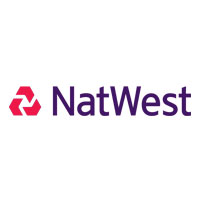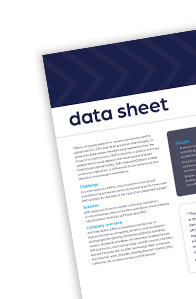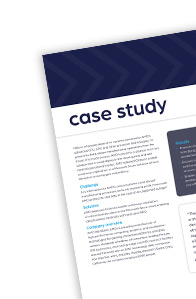Data integration: more than just a merge
In today's IT landscape, the combination of powerful computing techniques such as AI and analytics applied to massive data sets will provide innovative data modernization and monetization opportunities over the coming decades. Data is only powerful when it’s meaningful and accessible. Our data integration solutions go beyond the mere merge as cloud connected data coupled with these techniques is what separates leaders from laggards. This transforms your siloed data into a unified asset that is ready to accelerate your insights and decision-making to new heights for a competitive edge.

















